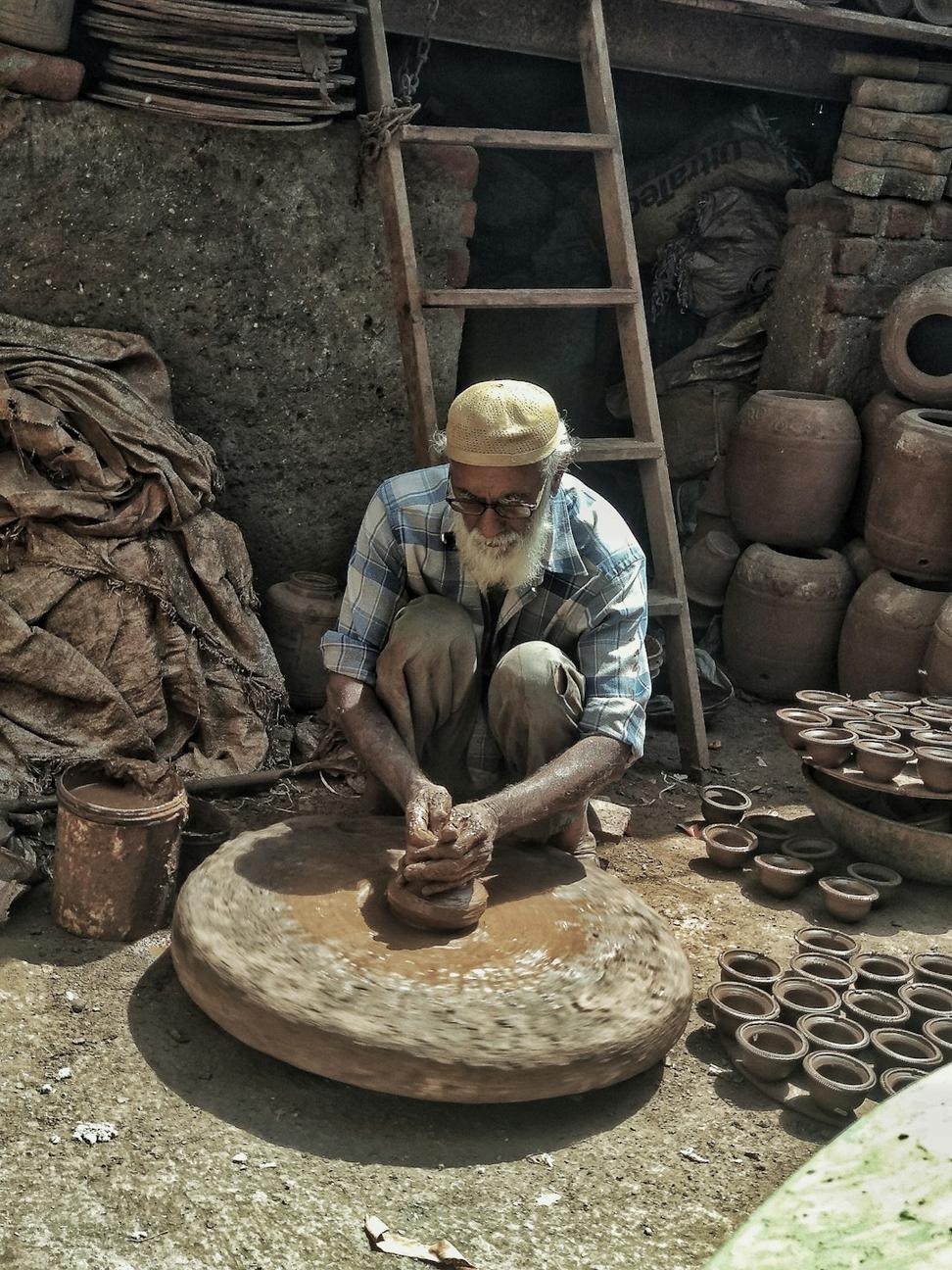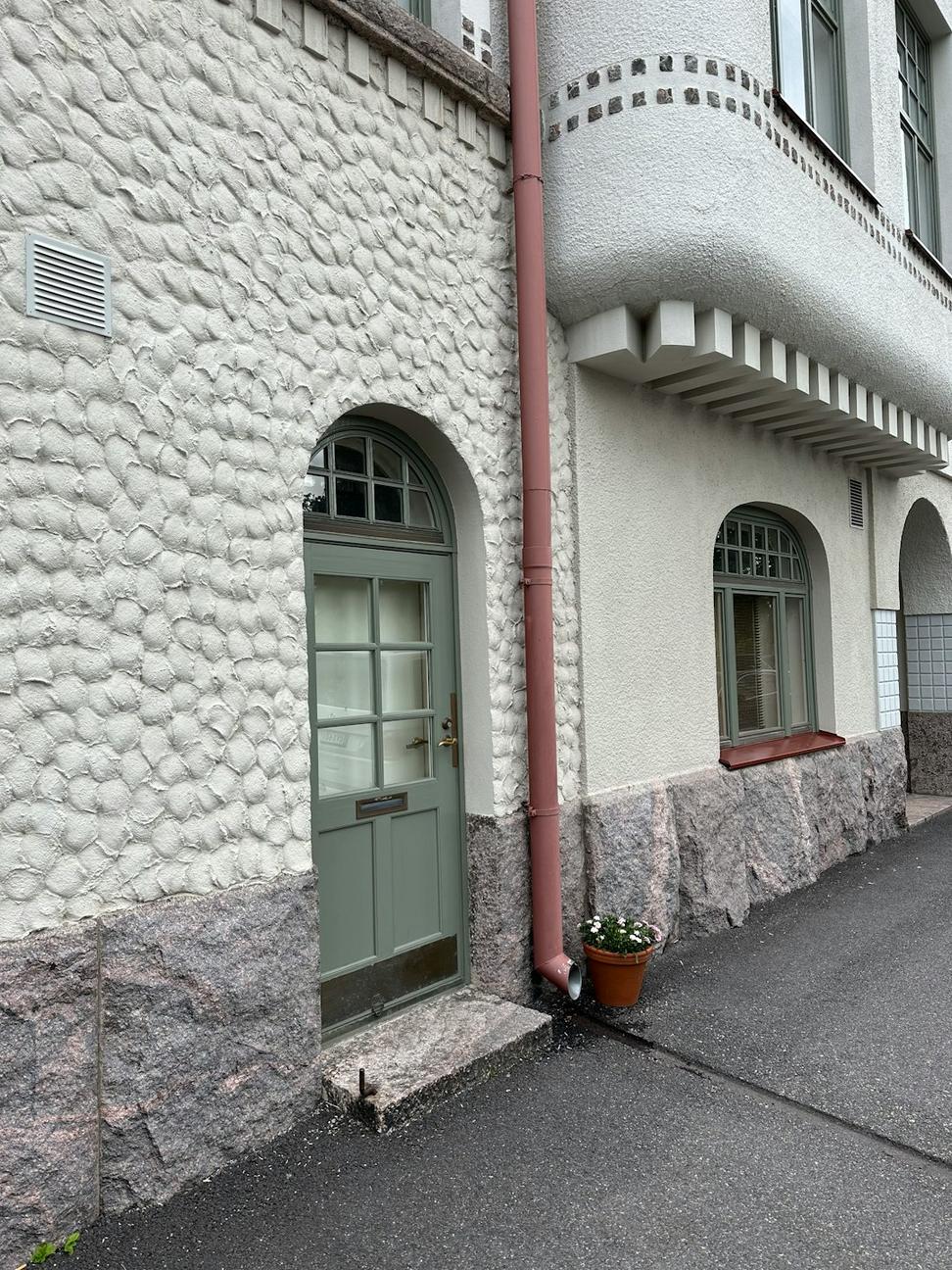
The Craft That Built Civilizations
Look, I've spent nearly two decades getting my hands dirty with stone. There's something about working with material that's been around for millions of years - it keeps you humble, y'know?
When we approach a heritage building, we're not just looking at walls and foundations. We're reading stories written in granite, limestone, and basalt. Every chisel mark from some mason in the 1800s tells us how they thought, how they solved problems.
Our team doesn't just restore - we connect. We use traditional Nordic techniques passed down through generations, mixed with what modern engineering can safely give us. It's about respect, really.
Let's Talk About Your Project